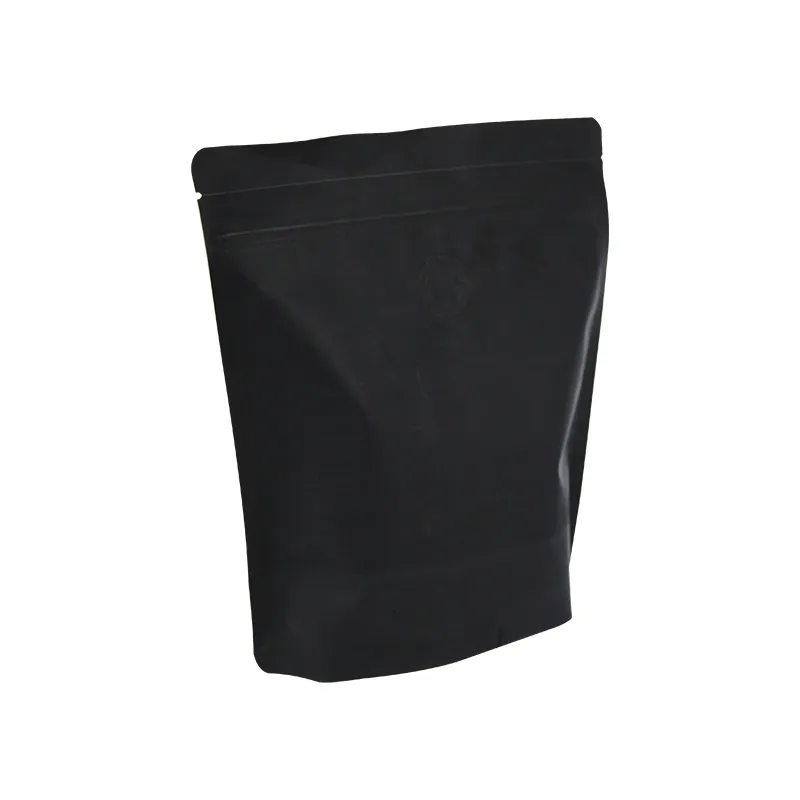- Afrikaans
- Albanian
- Amharic
- Arabic
- Armenian
- Azerbaijani
- Basque
- Belarusian
- Bengali
- Bosnian
- Bulgarian
- Catalan
- Cebuano
- chinese_simplified
- chinese_traditional
- Corsican
- Croatian
- Czech
- Danish
- Dutch
- English
- Esperanto
- Estonian
- Finnish
- French
- Frisian
- Galician
- Georgian
- German
- Greek
- Gujarati
- haitian_creole
- hausa
- hawaiian
- Hebrew
- Hindi
- Miao
- Hungarian
- Icelandic
- igbo
- Indonesian
- irish
- Italian
- Japanese
- Javanese
- Kannada
- kazakh
- Khmer
- Rwandese
- Korean
- Kurdish
- Kyrgyz
- Lao
- Latin
- Latvian
- Lithuanian
- Luxembourgish
- Macedonian
- Malgashi
- Malay
- Malayalam
- Maltese
- Maori
- Marathi
- Mongolian
- Myanmar
- Nepali
- Norwegian
- Norwegian
- Occitan
- Pashto
- Persian
- Polish
- Portuguese
- Punjabi
- Romanian
- Russian
- Samoan
- scottish-gaelic
- Serbian
- Sesotho
- Shona
- Sindhi
- Sinhala
- Slovak
- Slovenian
- Somali
- Spanish
- Sundanese
- Swahili
- Swedish
- Tagalog
- Tajik
- Tamil
- Tatar
- Telugu
- Thai
- Turkish
- Turkmen
- Ukrainian
- Urdu
- Uighur
- Uzbek
- Vietnamese
- Welsh
- Bantu
- Yiddish
- Yoruba
- Zulu
pms color samples
Exploring the World of PMS Color Samples
Color plays an essential role in branding, design, and art, influencing emotions and perceptions in ways that words often cannot express. Among the various systems for categorizing color, the Pantone Matching System (PMS) has emerged as a leader, offering a standardized palette that allows designers and manufacturers to communicate colors with precision. This article delves into the significance of PMS color samples and their transformative impact on industries ranging from fashion to interior design.
The Pantone Matching System was developed in the 1960s by Lawrence Herbert, who recognized the need for a consistent and reliable way to reproduce colors in the printing industry. Since then, PMS has expanded beyond print media to encompass textiles, plastics, and various other materials. Each PMS color is identified by a unique number, enabling designers to specify exact shades that can be replicated across different materials and platforms without discrepancy.
Exploring the World of PMS Color Samples
In fashion, PMS color samples guide designers in selecting hues that resonate with current trends while also aligning with brand identity. The annual Pantone Color of the Year announcement often sets the tone for fashion collections, interior designs, and even beauty products. This year's selection not only reflects current societal moods but also influences consumer purchase behavior. Designers often turn to PMS samples when creating their collections, as these standardized colors provide a reliable framework for color storytelling.
pms color samples

Interior design also benefits significantly from PMS color samples. Whether it's painting a wall or choosing textiles, having a universal color reference streamlines the creative process. Designers can mix and match shades confidently, ensuring that the chosen colors create the desired ambiance. PMS samples also help clients visualize the final outcome, reducing miscommunication and dissatisfaction that can arise from differing color interpretations.
Moreover, technology plays a crucial role in the accessibility of PMS color samples. Digital tools and apps that incorporate the PMS system allow designers to select colors with ease, enhancing their workflow. These technologies facilitate collaboration among teams, ensuring that everyone is on the same page regarding color choices. The advent of 3D printing has further expanded the potential of PMS, enabling designers to create prototypes that accurately reflect their color selections before final production.
However, it’s important to acknowledge the challenges that come with PMS color matching. Variations in lighting, material textures, and finishes can significantly affect how a color appears. Therefore, it’s essential for designers to conduct real-world tests before finalizing their color choices. This careful approach underscores the importance of PMS samples in the design process—they are not just tools for selection but also foundational elements that contribute to the overall quality and integrity of a project.
In conclusion, PMS color samples are a vital resource in the creative industries, ensuring consistency, enhancing communication, and inspiring innovation. As businesses and designers continue to harness the power of color, Pantone remains at the forefront, guiding them in translating visions into vibrant realities. With the continued evolution of design practices and technology, the influence of PMS color samples will undoubtedly expand, shaping the future of creativity.













